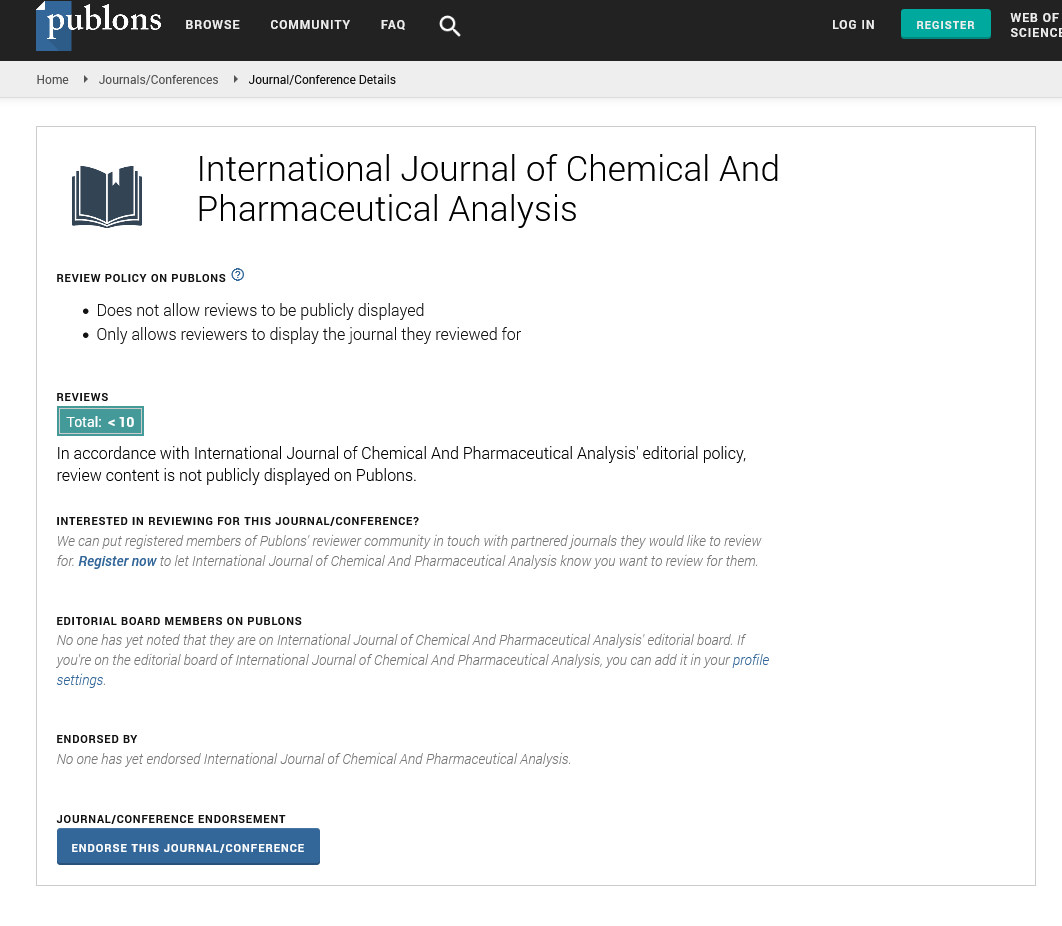Abstract
Author(s): V. M. Shivankar
The technological trend towards waste utilization and cost reduction in industrial processing has attracted use of Rice Husk as a value added material. Both rice husk (RH) and Rice Husk Ash (RHA) has been found suitable for wide range of domestic as well as industrial applications. The ability of rice husk to remove methylene blue from solution was investigated. Factors such as initial dye concentration, contact time, adsorbent dosage were studied. Results show that Langmuir isotherm and freindlich isotherm can be successfully applied to the methylene blue – rice husk. Rice husk has been used as a bio-sorbent for the removal of a MB dye from aqueous solutions. The process of removal has been optimized for different parameters like initial concentration of dye solution and contact time, adsorbent dose, and temperature. Elemental analysis of the adsorbent was carried out. Adsorption data were modeled by Langmuir and Freindlich isotherms. The data was better fitted in Freindlich isotherm model. The dye adsorption followed the pseudo second-order kinetics. Dye removal from industrial effluents is an important environmental concern. Various physical and chemical treatment methods can serve this purpose, of which the most economical and effective one is adsorption.. In this review, we look at the various adsorbents available and see how effectively they can be utilized to meet our requirements. The adsorption followed pseudo first order and/or pseudo second order kinetics. The dye removal process followed freindlich isotherm in most of the cases and in few investigations, it followed Langmuir isotherm also.




